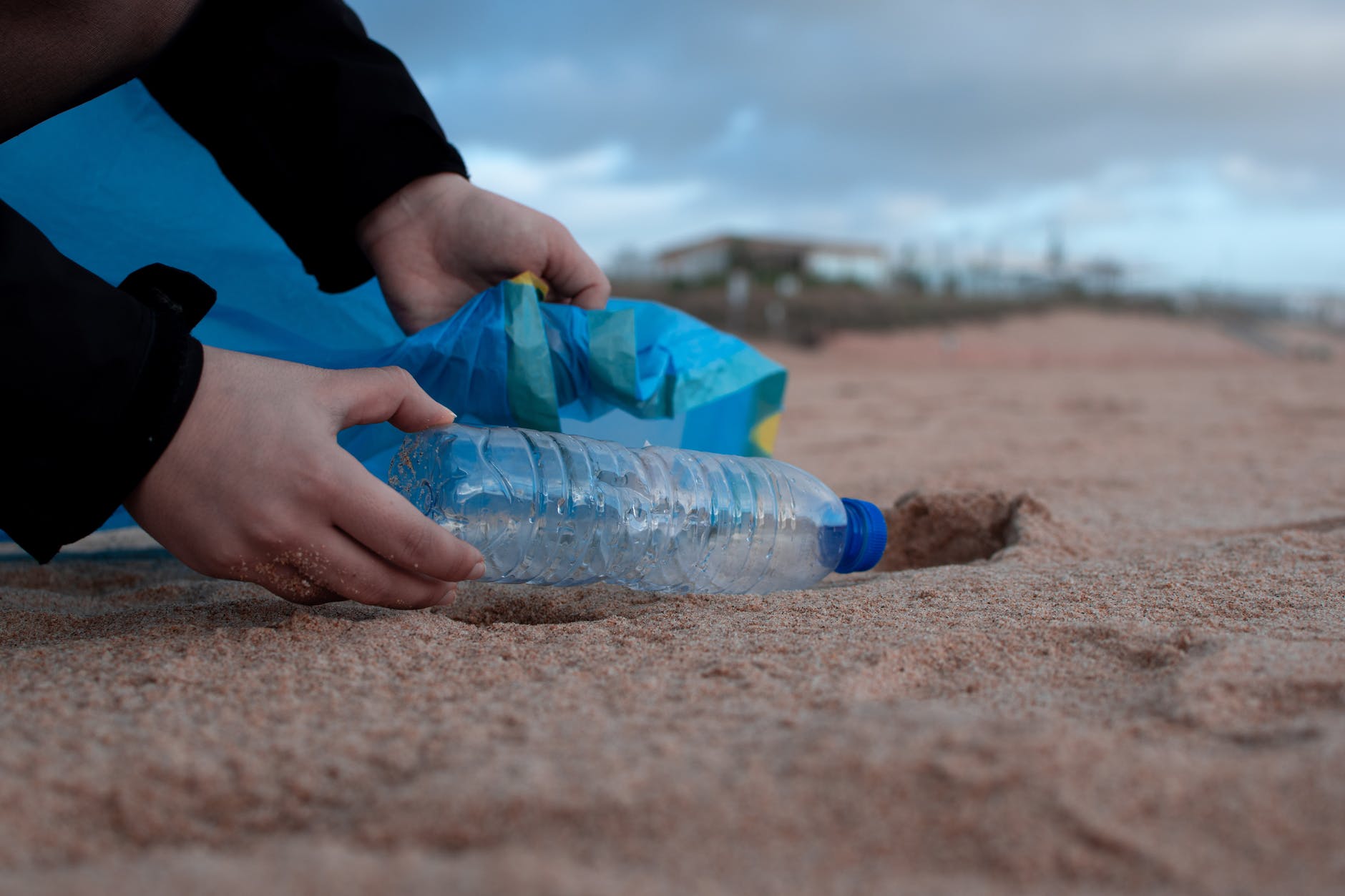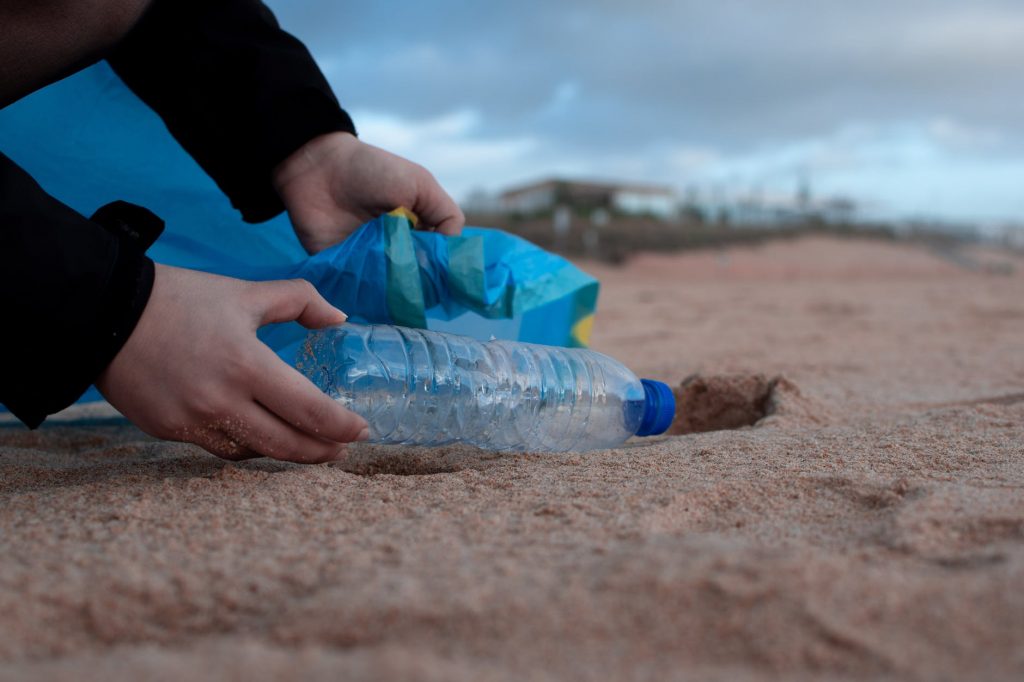
If you are an avid recycler intent on cleaning up planet Earth, you will no doubt spend a considerable amount of time reading up on how different nations are tackling the climate crisis, what individuals can do to help and how effective certain processes are in improving the environment.
These four recycling processes should be a fascinating and informative read for anybody interested in reducing waste, putting used materials to good use and cleaning up the world.
World Waste
Firstly, let’s look at the current situation. Around 3.5 million tons of solid waste is generated around the world every day, which is 10 times the amount it was 100 years ago. The United States tops the list of waste producers, which is why so many are keen to throw away less and recycle more.
On an individual level, the recycling rate in America is around 1.13 pounds per person per day. On an industrial scale, advanced, modern equipment is necessary for recycling.
1. Balers and Compactors
It is with large scale recycling that this article’s recycling facts begin. While you will be fully familiar with recycling in your home, you may not know so much about the process of recycling commercially or industrially.
Companies use balers and compactors such as those shown at recyclingbalers.com to compress their recyclable waste and bale it up into storable and moveable mounds. This makes them easier to transport to recycling units.
Balers and compactors come in a number of shapes and sizes and can even be modified to suit a particular need – for example wet or dry waste.
2. Buy-Back Centres
This could be a process you have heard of but simply not read into or understood in full. Buy-back centers essentially provide an incentive for recycling by purchasing the cleaned and sorted produce.
The material is then sold on again for profit, reducing the emissions of greenhouse gasses as less new products are needed to be made. These systems often work through government subsidies.
3. E-Waste
Not a problem many years ago, the waste produced by electronic goods such as computers is now a growing problem. This is partially because too many people do not know how to recycle computer parts and throw them away without doing research.
A rubbish removal Bondi specialist explains that the process is simple. After taking e-waste to an appropriate site, objects such as televisions and cell phones are tested to see if they can be reused or repaired. If they cannot, they are disassembled for parts and non-toxic materials are generally shredded.
4. Recycling for Art
Using waste to create art not only wins awards, but it is also taught in schools.
Art has long been a useful tool for highlighting social, economic or environmental concerns in society and, in the 21st century, it has turned its eye onto landfill and single-use plastic. If you have any items that you’re unsure if they are recyclable or not, why not contact a local arts centre and see if they could take them off your hands.



